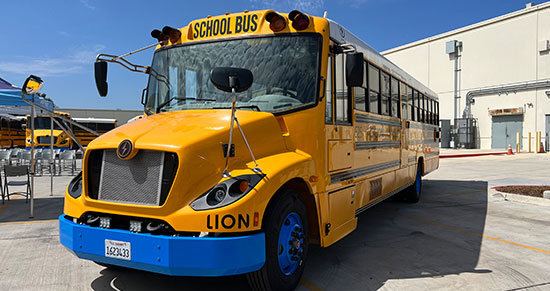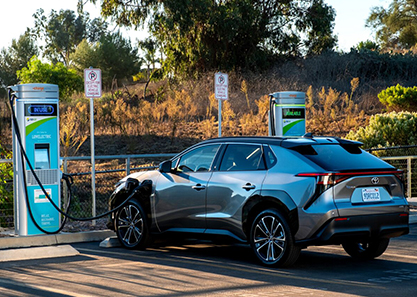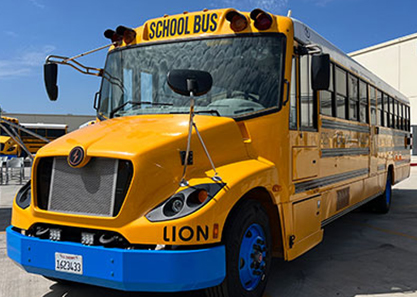Vehicle Grid Integration (VGI)

What is Vehicle Grid Integration (VGI)?
SDG&E’s Clean Transportation team is exploring opportunities in the Vehicle Grid Integration (VGI) space. VGI refers to the set of policies, technologies, and strategies that allow electric vehicles (EVs) to charge in ways that benefit the grid and meet the needs of drivers.
Learn about the customer solutions under the VGI umbrella:
Managed Charging: Software used to control EV charging stations or EVs and manage when a vehicle charges. Managed charging software allows customers to schedule and automate their charging sessions when it is most convenient for their schedules and when electricity is least expensive to avoid peak demand rates.
Vehicle to Home (V2H) and Vehicle to Building (V2B): This requires a bidirectional EV charger capable of sending energy from an EV to power a home or building. The EV battery can power a home or building during peak electricity pricing times, potentially saving customers on their utility bills. With bidirectional charging, EVs can also provide backup power generation in case of an outage.
Vehicle to Grid (V2G): Enables customers to charge their EV and send energy back to the utility grid. Customers can earn compensation in exchange for energy sent from their EV back to the grid.
SDG&E is actively exploring the potential of VGI to:
- Reduce the cost of electricity and operations by discharging energy back to the grid.
- Enable customers to potentially sell surplus electricity back to the grid as an additional stream of revenue.
- Power businesses or homes during peak hours at lower rates.
- Provide backup power during outages or extreme weather events.
- Support California’s net-zero goals by expanding innovative technologies.
Pilot opportunities open to SDG&E Customers
Qualifying SDG&E customers can enroll and benefit from select VGI pilots below:
|
Pilot |
Qualifications | What is it? | More Information & Enrollment |
|---|---|---|---|
|
Dynamic Export Rate Pilot Program |
Commercial SDG&E Customers |
Customers eligible for the Dynamic Export Rate Pilot can enroll to reduce energy costs by purchasing electricity during off-peak hours when prices are lower and selling excess energy back to SDG&E during peak hours when prices are higher. |
Learn more & enroll |
Industry Pilots
SDG&E is collaborating with industry leaders on research pilots and technology demonstrations.

